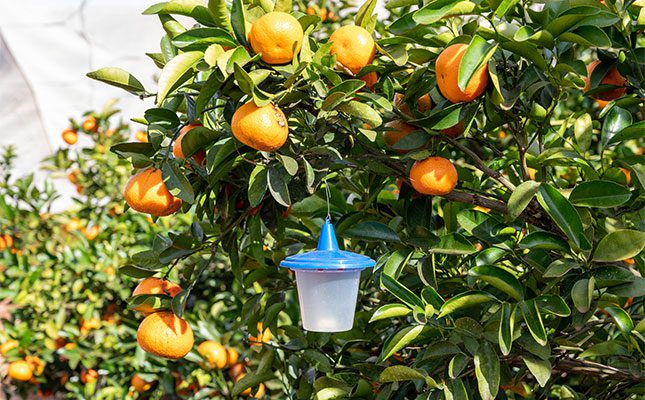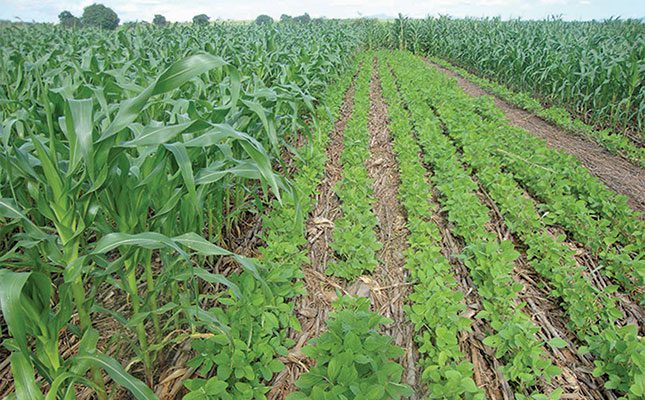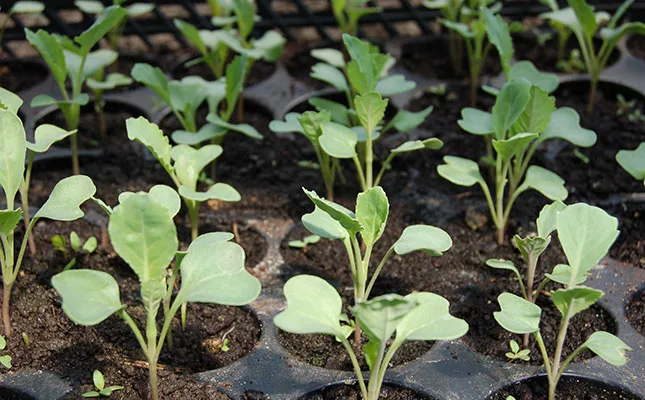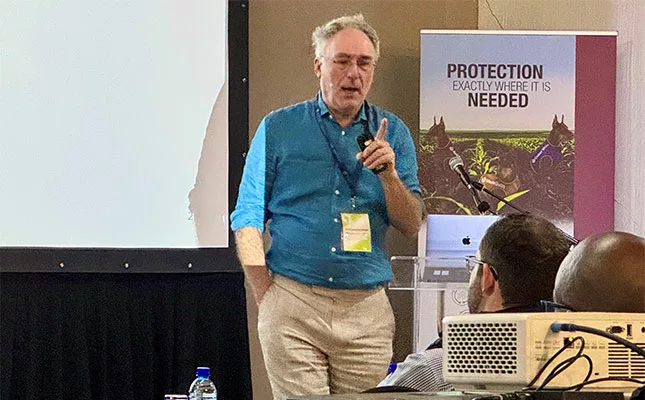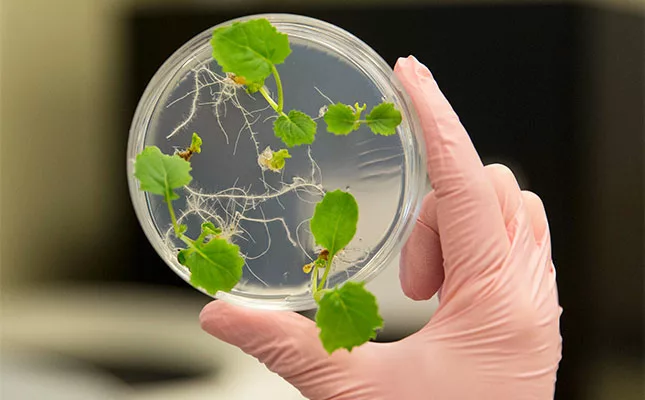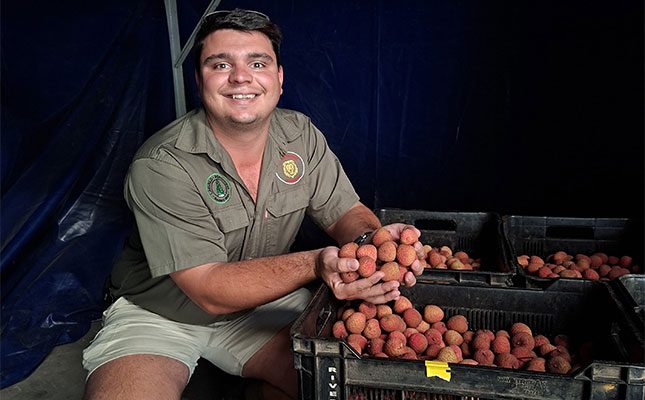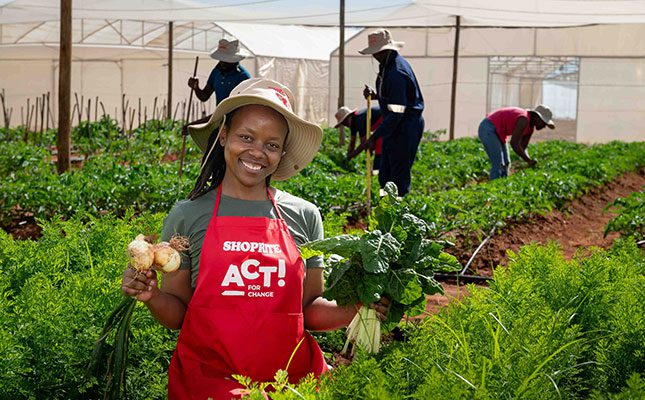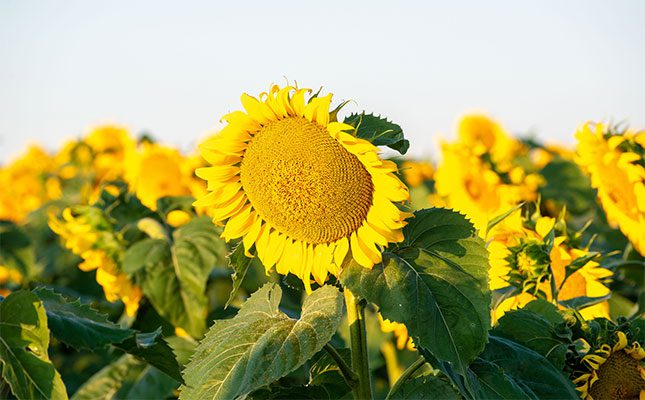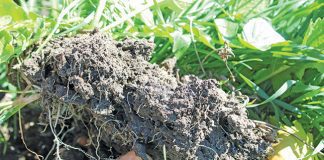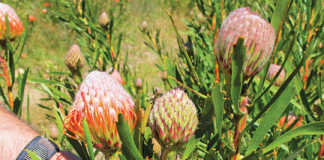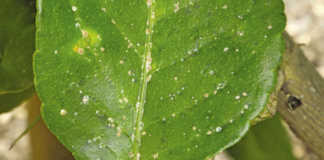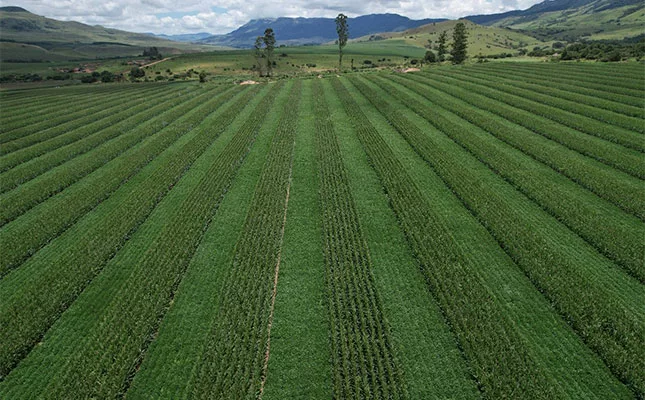
Photo: Supplied
Willem van der Westhuizen, business development manager at Orizon Agriculture, a South African company supporting farmers in the transition to regenerative agriculture (RA), defines RA not merely as a technique, but as a shift in mindset; one that seeks to optimise natural processes.
Functional soil biology at the centre
According to Van der Westhuizen, RA distinguishes itself from conventional and conservation systems by placing soil biology at the centre of the production model. Rather than viewing soil as a passive medium, it is treated as a living ecosystem.
A functional soil microbial community plays a critical role in nutrient cycling, root health, and structural integrity, all of which directly influence yield stability.
RA promotes the symbiotic relationship between plant roots and the surrounding microbial community. The microbes ‘fetch’ nutrients the plant needs in exchange for carbon from the roots.
Operational principles
Orizon promotes a set of core regenerative principles that align with global best practices but are adapted to local production realities. They are as follows:
- Minimised disturbance: reduced or zero tillage protects soil structure and promotes the formation of microbial communities. Chemical disturbance is also managed through the mindful use and application of fertilisers and chemicals.
- Soil cover: cover crops and plant residues left on the surface help regulate soil temperature fluctuations to protect soil microbes, preserve moisture, and reduce the loss of topsoil due to erosion. This physical cover also promotes microbial habitat stability.
- Living roots: the use of cover crops during off-seasons or intercropped with cash crops provide continuous root activity to feed micro-organisms in the soil via plant secretions. The goal is to maximise photosynthesis and biological activity.
- High species diversity: diversity means resilience. Crop rotation and diverse cover crop mixes (compared with monocropping) reduces risks and supports complex soil microbe communities.
- Livestock integration: strategic grazing increases profitability (from animals) and improves cropping systems. Grazing breaks down crop residues and makes nutrients available to the next crop. Grazing accelerates active growth and biological activity.
- Contextual adaptation: no two farms are the same. Orizon strongly emphasises site-specific planning, factoring in rainfall, soil type, operational scale, financial thresholds, and equipment access.
“South Africa’s diverse production regions, variable rainfall patterns and climatic conditions influence how these principles can be implemented. However, our innovative and resilient farmers have successfully adapted RA in every province,” says Van der Westhuizen.
Economic incentivisation via carbon markets
One of the primary barriers to the adoption of RA is the transition cost associated with the practices. To address this, Orizon assists farmers in monetising soil carbon sequestration and emission reductions through international carbon credit registries such as Verra.
Farmers participating in Orizon’s programme can earn a per-hectare payout based on verified improvements in soil carbon. Orizon facilitates the entire process, from initial sampling and carbon modelling to audits, documentation, and credit sales, returning up to 75% of revenue to farmers.
Importantly, the company also accounts for the initial sampling and processing costs, recovering these only from future carbon income.
This carbon revenue stream helps de-risk the transition and aligns environmental restoration with economic return.
Measurable outcomes and field-level evidence
Although carbon credit payouts are still in progress, RA outcomes are already evident in the field. Farmers within Orizon’s network report:
- Improved drought tolerance: enhanced water infiltration and retention due to better soil structure allowed crops to remain physiologically active for longer during the 2023/24 drought in South Africa.
- Reduced excess run-off: improved infiltration has led to slower dam filling, indicating more effective rainfall utilisation and a reduced risk of soil erosion.
- Enhanced harvest timing: during wet periods, regeneratively managed soils maintained trafficability better than neighbouring fields, enabling timely harvest operations.
- Increased biological activity: farmers frequently observe a resurgence in soil macro- and micro-fauna, including earthworms and beneficial microbes, reflecting improved organic matter cycling and soil health.
Profitability and long-term viability
From an economic perspective, Orizon encourages farmers to focus on profit per hectare rather than gross yield. RA systems often stabilise or reduce input costs while improving soil health metrics that support long-term production capacity.
The approach is intentionally incremental, avoiding the risks of a full system overhaul. Orizon works closely with family-operated commercial farms and agricultural consultants to ensure technical feasibility and financial sustainability over time.
“RA is not a quick fix,” the Orizon team notes. “It’s a strategic reorientation of the farm system; one that can deliver substantial environmental and economic returns over time.”
Email Willem van der Westhuizen at [email protected], or visit orizonagriculture.com.

